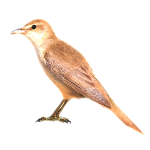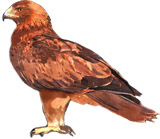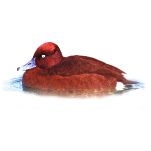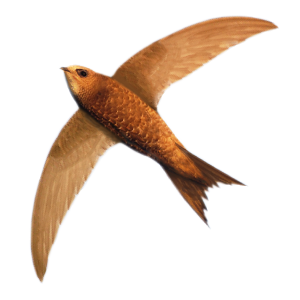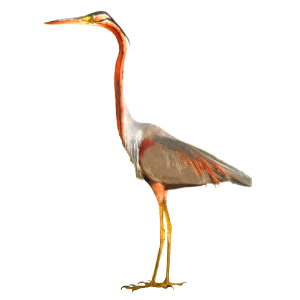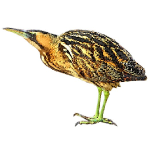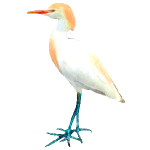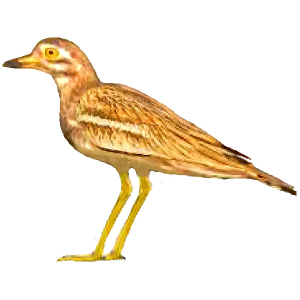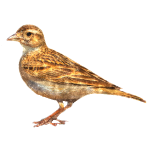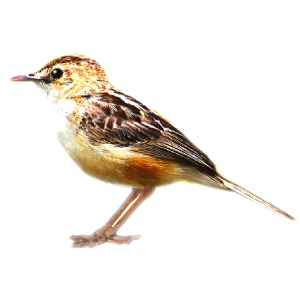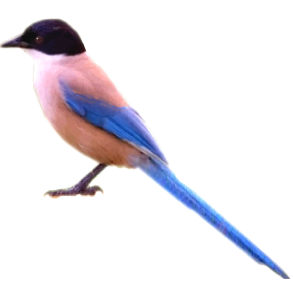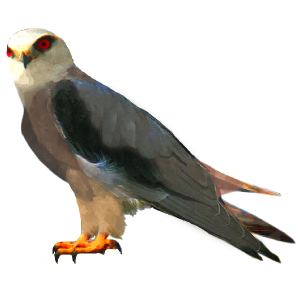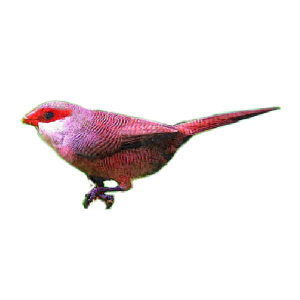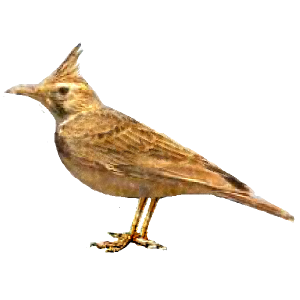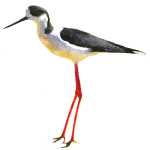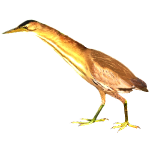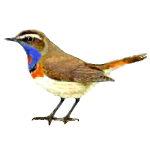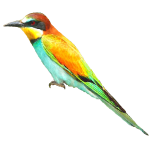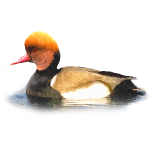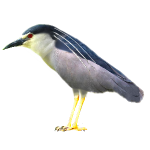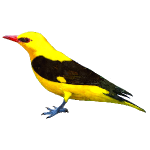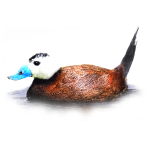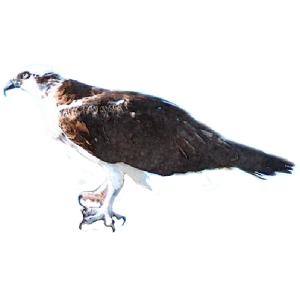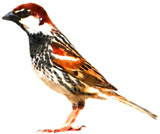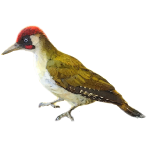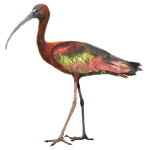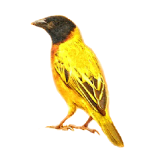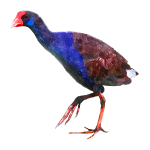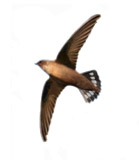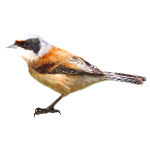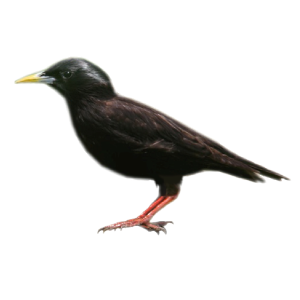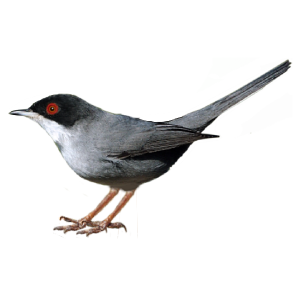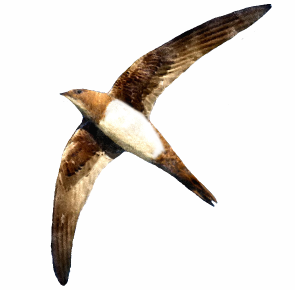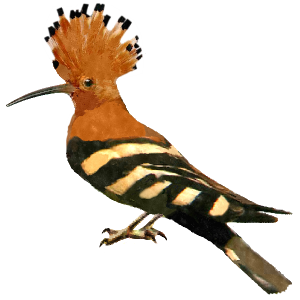HOTSPOT FACTSHEET: VILAMOURA REEDBEDS
Location: Vilamoura (Caniçal de Vilamoura/Parque Ambiental de Vilamoura) / Loulé municipality, Central Algarve | Coordinates: 37° 5′ 33.075″ N, -8° 7′ 39.8748″ W (Lat/Long); 37.092521 N, -8.127743 W (decimal degrees) | Code: LL4 | Completion Time: up to 2-3 hours | Best Time for Birdwatching: Spring, autumn and winter; July and August are probably the poorest months | Legal Status: None; however, it is considered an Important Bird Area (IBA – Birdlife International) | Activities: birding; nature walks/hiking; cycling, running & other outdoor activities; sightseeing;
[PLEASE CHECK VILAMOURA’S BIRD SPECIALITIES AT THE BOTTOM OF THIS PAGE] The wetland and adjoining areas are located to the west of the town of Vilamoura. Together, they form the Parque Ambiental de Vilamoura (meaning ‘Vilamoura Environmental Park’). Its trails are easy to navigate…but only after you find the non-descript eastern entrance to this place (more on that later). On the way to this eastern entrance, there is a bridge across the small lake that splits the Oceânico golf course in two parts. This vantage point is good for Purple Heron, Little Bittern, Purple Swamphen, Waxbill and Black-headed Weaver. These species are normally found in places with dense aquatic vegetation; the thick reeds also shelter important populations of Bluethroats and Penduline Tits in autumn and winter, and occasional Great Reed Warblers in spring and summer. Zitting Cisticolas are present throughout the year. Just past the narrow trail giving access to the park, there is a water treatment plant that attracts ducks and large roosts of gulls (like the Mediterranean Gull), as well as a few herons and terns (such as the Little Tern). Separating the treatment plant from the main path, you’ll find a shallow ditch – look there for passerines like Chiffchaff or Willow and Cetti’s Warblers.
Along the way, you might see Red-legged Partridges, Spotless Starlings, and Hoopoes. Presently, the park has a pair of bird hides. Access to the first of them is made along a tree hedge to the left of the main trail. Depending on the season, regularly seen species include the Great Crested and Little Grebes, Grey Heron, Moorhen, Eurasian Coot, Red-crested Pochard, Mallard, Little Egret, Great Cormorant and Cattle Egret. The Glossy Ibis is also sometimes present. Booted Eagles, Peregrine Falcons and Ospreys are occasional visitors to the area, while the eye-catching Black-winged Kite is a regular sight during the spring and winter months; however, regarding birds of prey the highlight goes to the strong harrier party, which includes the Hen (in winter), Montagu’s (rarer) and Marsh Harriers (resident). Present at the park year-round, the illusive and largely nocturnal Stone-curlew is much more difficult to pin down than the overflying raptors. On the way to the second, smaller hide, visitors will cross farmland and wooded patches. The latter are inhabited by three striking species: the Golden Oriole, the Iberian Green Woodpecker, and the Iberian Azure-winged Magpie. Only the strident magpies are easily observed, though the energetic woodpeckers are sporadically caught out in the open. Here, the dense foliage of the emblematic carob trees are a haven to Serins, Goldfinches, Nightingales, Blackcaps, and Greenfinches. In the open grass and farmland areas, it is possible to observe Corn Bunting, Meadow Pipit, Stonechat, Northern Wheatear, and Wagtails.
The rural areas around Vilamoura are of the utmost importance as a waypoint or wintering area for many passerine species, and should thus be vehemently preserved. Depending on the season, the smaller bird-spotting hide presents an opportunity to observe species like the the Black-crowned Night Heron (a rare passage migrant) and the Ferruginous Duck, among other commoner species, such as the Water Rail and the Pochard. The Ferruginous Duck has to be an ingenious bird because, despite being a near threatened species, it has found a way to carry on breeding (albeit ineffectively). No suitable pair available to share some spring love? No worries for the Ferruginous, as there’s always a Common Pochard around. Indeed, cases of hybridization between these two species are relatively frequent in the Algarve, making an exact identification a whole lot trickier. Rarities that have been observed in Vilamoura include White-headed Duck, Ruddy Shelduck, Moustached and Aquatic Warblers, and the first North American passerine ever recorded in mainland Portugal, the Common Yellowthroat. The Parque Ambiental is not the most scenic area in the Algarve. Far from it. And it lacks the dimension of Ria Formosa or Castro Marim. It also lacks legal protection status, just like the Salgados Lagoon. However, it is a precious piece of an ever-shrinking natural and rural reality.
All the main trails are signposted within the Parque Ambiental de Vilamoura. The terrain is essentially flat and the area is very easy to navigate on foot. Perhaps the biggest difficulty that new visitors face is to find the unremarkable (eastern) entrance to this park. That entrance is located besides the ETAR Vilamoura. The best lighting conditions occur in the evening and during early morning. Just before sunset, the atmosphere throughout the Park is usually filled with many birds, both large and small.
Praia da Falésia coastal path: the cliff-tops of Praia da Falésia (Falésia Beach: please check the map of Vilamoura above) are covered by a rich kind of Mediterranean scrubland and pinewoods that provide shelter for a variety of passerines, such as the Sardinian Warbler, the Serin and the Goldfinch, as well as for larger species like the Hoopoe, the Iberian Azure-winged Magpie, and the Short-eared Owl. The coastal landscape is very pleasant and the expansive beach is truly lovely. Enjoy the small gorges, chiseled landforms and spectacular colours of the gently sloping plateau. The path is not signposted (it is hard to lose your bearings, though) and runs for about 3 kilometers/1.88 miles before reaching Aldeamento Alfamar. Take food and water with you, even in winter, and always keep a safe distance from the unstable cliff edges.
By car, it takes about 45-50 minutes to reach the Salgados Lagoon birding site, one of the most significant freshwater wetlands in Western Algarve. Northwest of Vilamoura, in Paderne – and about 40 minutes away, by car – the Quarteira stream has carved a narrow valley through the limestone hills of the Algarvian countryside. There you’ll find a very particular Mediterranean flora, the abandoned ruins of a curious Moorish castle from the 12th century, and some bird species that are usually absent from the coast, such as the Orphean Warbler, the Red-rumped Swallow and the Iberian Chiffchaff, among others.

